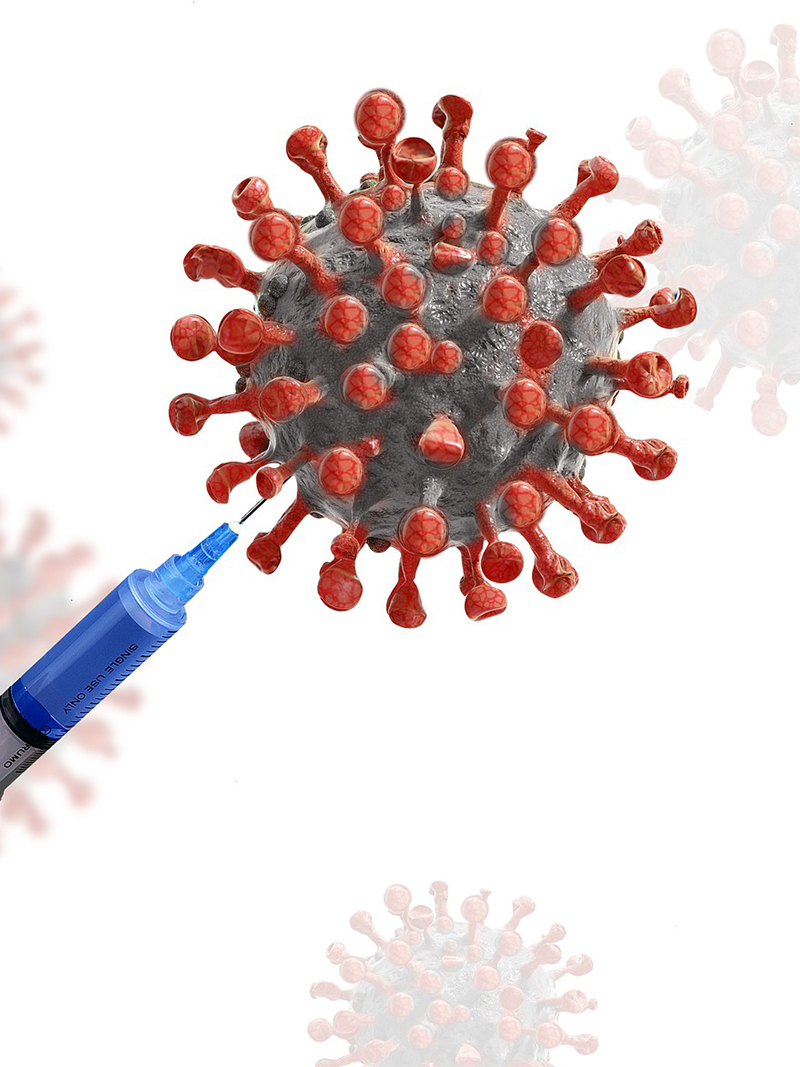
Inactivation of DNA and RNA viruses on medical devices
Medical and nonmedical skin-breaking procedures carry the risk of infection with viral pathogens, especially if devices are not properly sterilized.
Patients can be infected when particles of virus-infected blood remain on reusable equipment used for surgical, dental and cosmetic procedures.
It is critical that facilities be able to completely sterilize their devices, and the requirements for sterilization methods and equipment are stringent:
- Sterilization equipment must not damage heat-and moisture-sensitive medical devices;
- It must be able to sterilize devices with long, narrow interior channels;
- Synthetic packaging must not be damaged;
- Most importantly, sterilization equipment must be capable of completely inactivating viruses.
New Medical Technologies has developed a patented photoactive system that meets all these requirements:
- Viruses are inactivated without heating the process solution;
- Inactivation happens at room temperature;
- Inactivation takes place at the level of viral DNA and RNA;
- The inactivation process is safe for metals, glass, plastic and a range of alloys.
Photoactive system for inactivating DNA and RNA viruses:
How it works
1. The medical device is submersed in a solution of methylene blue.
2. The methylene blue solution is exposed to a beam of light from a source designed to deliver a wavelength identical to the wavelength of the absorption spectrum for methylene blue.
3. During photoactivation, the quantum energy of the methylene blue molecules is absorbed and the electrons in their atoms are activated. This process promotes the generation of high levels of atomic oxygen (oxygen radicals) in the solution.
4. In the presence of oxygen radicals, DNA and RNA nucleic acids detach from the viruses and are replaced by methylene blue molecules, inactivating the virus.
(When viruses lose their DNA or RNA nucleic acids, they lose their ability to replicate themselves, or create new DNA or RNA molecules from existing molecules. Methylene blue is key because it forms strong bonds with viral DNA and RNA, preventing the viruses from synthesizing new molecules.)
5. Once the viruses are inactivated, they no longer pose a threat of infection.
Patent information:
1. European Patent Office – EP2818558A1
2. Eurasian Patent Office – EA032036B1
3. Israel – IL235962D0
4. China – CN105765064B
5. USA - US9879329B2
6. USA - US9957579B2
7. USA - US10570466B2
8. USA – US9873922B2
Other Inventions: